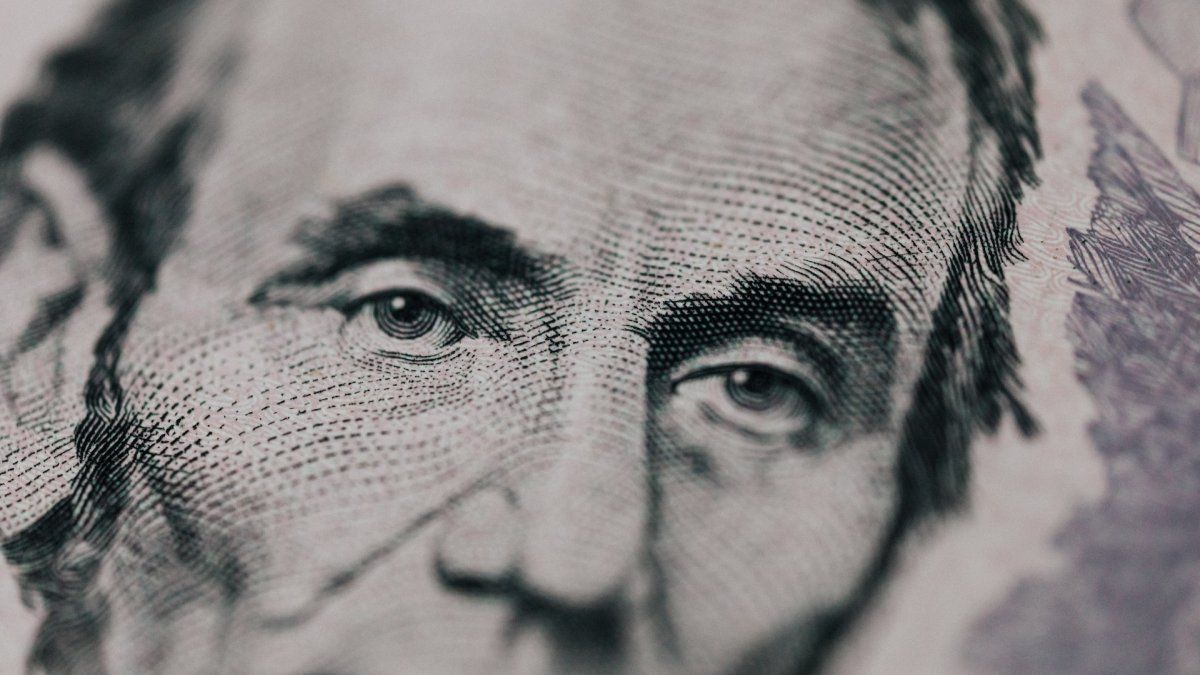Despite the fact that these types of measures are clearly short-term, since their effects fade with the passing of days, or hopefully in months, similar policies continue to be announced that only work as “patches” to stop a structural problem. .
So today we have a multiplicity of exchange rates. For some time now, in Argentina, an official dollar coexists with a wholesale dollar, a tourist dollar, a savings dollar, a dollar for stock operations (MEP and CCL), and even with a dollar blue. Some have ceased to be valid due to official decisions (soybean dollar) or have lost relevance as a result of so much exchange rate dispersion (brick dollar).
But as if that were not enough, other additional exchange rates have been appearing in recent days. These cases are:
- Qatari dollar: After some delay in making this measure official, it was finally established that for tourism abroad and expenses with cards in foreign currency that exceed US$300 per month, an additional 25% will be charged. That is to say, this percentage is added to the 30% of the PAIS tax and to the 45% of the perception on account of Profits. That value is going to be adjusted as the official exchange rate varies: if today the official exchange rate is, for example, at $158, the Qatari dollar will trade at $316.
The existence of this dollar does not imply that the traditional tourist dollar will disappear since, if less than US$300 per month is spent, the additional 25% will not be applied.
- Luxury dollar: for purchases of luxury goods abroad, such as private jets, jewelry, high-end vehicles, etc., the PAIS tax of 30% is applied (until now they were not covered by this tax), plus 45% for Profits and 25% personal property. That is, a dollar that ends up being, in practice, similar to the Qatari dollar but for a range of specific products.
- techno dollar: Now with the intention of promoting a sector rather than preventing the outflow of dollars, the techno dollar was established for the knowledge sector.
The measure enables firms in this sector to freely access 30% of the foreign exchange they entered due to the increase in exports compared to 2021. And an additional 20% can be added to that percentage if new businesses are established in the country. In short, it is sought that they settle their remuneration in a currency with a value closer to the dollar. blue.
- Coldplay Dollar or Culture: dollar that applies for services contracted abroad for recreation and artistic activities such as recitals, sports activities, among others. These activities must pay the PAIS tax of 30%, so with an official dollar of $158, it would be $206.
The existence of more than 10 exchange rates is a strong disincentive to investments in the real sector. On the one hand, it diverts them towards the financial sector, by encouraging speculation resulting from price differentials. A typical example is to obtain dollars through the purchase of bonds in pesos and their subsequent sale in dollars through the CCL dollar. On the other hand, it promotes fraudulent activities such as underinvoicing of exports (to settle part of the blue dollar and not the official one) and overinvoicing of imports (to buy as much foreign currency as possible at a low price like the official one). Another serious problem arises from the extremely restricted access of dollars to import that many productive sectors have, to which are directly added restrictions to import.
dollar BCRA.jpg
Reserves of the Central Bank.
What must be done?
The first thing to recognize is that the existence of multiple quotes is the consequence of a diagnostic error. The lack of reserves is a result of excess pesos that come from the fiscal imbalance, and not the other way around.
That is why the solution is to order public spending to reduce the fiscal deficit, starting by improving the management of rates and assistance plans. It is necessary to stop taking measures that work as short-term “patches” and start thinking about a comprehensive system of the State to solve what is precisely putting pressure on the reserves, which is the monetary issue and public indebtedness. We must not forget that the Central Bank has a balance sheet like any company, with a liability that is the monetary base, an asset that are the reserves, and a net worth. The problem is that you have a smaller and smaller asset to support a larger and larger liability.
A more short-term alternative, but better than what we have today, it would be a formal split into only two exchange rates: an official or commercial dollar for exports and imports, and another financial, free, allocated to the rest of the economic activities.
Source: Ambito
David William is a talented author who has made a name for himself in the world of writing. He is a professional author who writes on a wide range of topics, from general interest to opinion news. David is currently working as a writer at 24 hours worlds where he brings his unique perspective and in-depth research to his articles, making them both informative and engaging.




